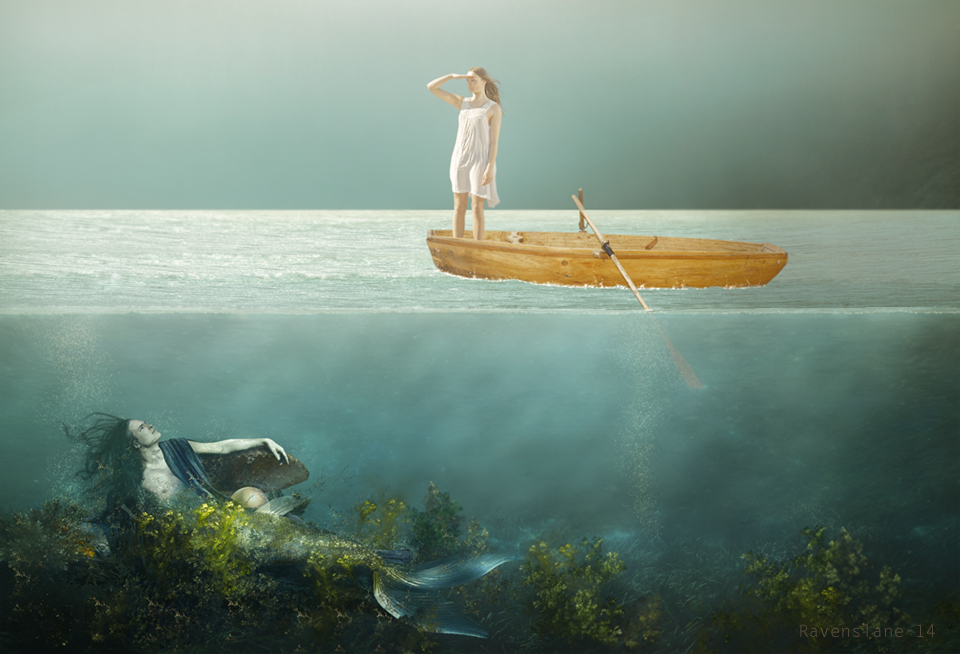Have you ever played looking for shapes in the clouds or seen faces where there are none? This phenomenon has a name: pareidolia and it is more common than you might imagine.
Today I will explain what it is, why it occurs and, in addition to leaving you with a few example photos, I will talk about famous pareidolias and I will give you some tips for photographing this phenomenon.
WHAT IS PAREIDOLIA? (MEANING)
Pareidolia is a psychological phenomenon that causes a vague and imprecise stimulus to be mistakenly perceived as a recognizable shape . The pareidolias can also be auditory. Some examples: seeing faces on objects, discovering familiar shapes in the clouds, or hearing animal sounds with the howling of the wind.
WHAT IS THE PSYCHOLOGICAL EXPLANATION OF PAREIDOLIA?
There are several reasons or theories that explain why we can see faces on objects or any other recognizable shape.
The first has to do with our predisposition to facial recognition. Studies carried out with babies show that, from a very early age, we have a predisposition to observe faces before other objects, something that seems to have to do with our survival and adaptive capacity.
In fact, we are capable of going beyond recognizing a face, we are capable of assigning a personality, intention or emotion to it.
This explanation is behind the pareidolias of faces, but it would not explain why seeing a dragon in a cloud, for example.
This fact is explained, however, because our brain is prepared to simplify the environment. The amount of stimuli is such around us that the mind needs its survival mechanisms . The different laws of perception of the Gestalt theorythey deal with this topic.
The Gestalt affirms, among other things and within the law of good form or the law of pregnancy, that there is a tendency of perception to adopt the simplest forms possible. Within this law there are other particular laws, such as the law of proximity, the law of closure, the law of continuity or the law of similarity that would explain the reason for pareidolia quite well.
It is also related to the expectations of each one. This is why someone is capable of seeing, for example, the Virgin Mary in a sandwich or Jesus Christ in the flames of Notre Dame.
EXAMPLES OF PAREIDOLIA PHOTOS
Here are a few examples of pareidolia photos to fill you with inspiration and to see that you can find them in the most unexpected places:
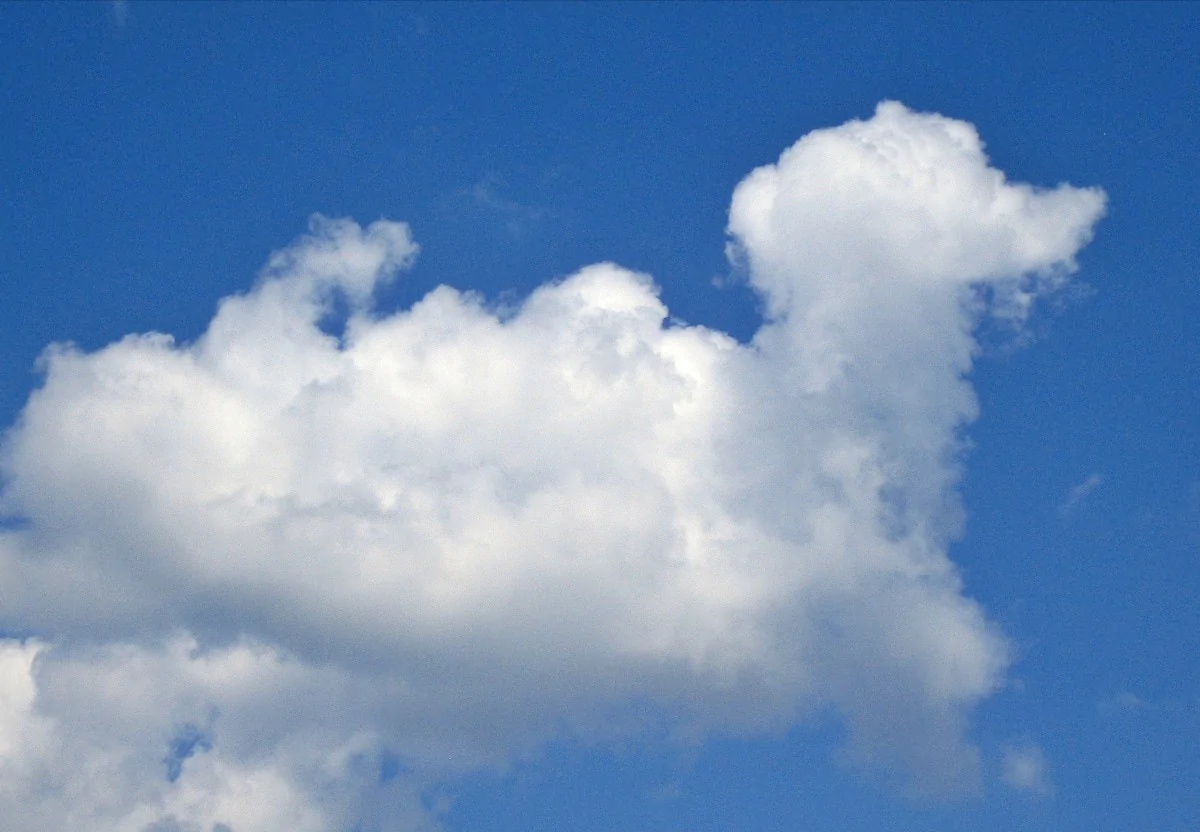
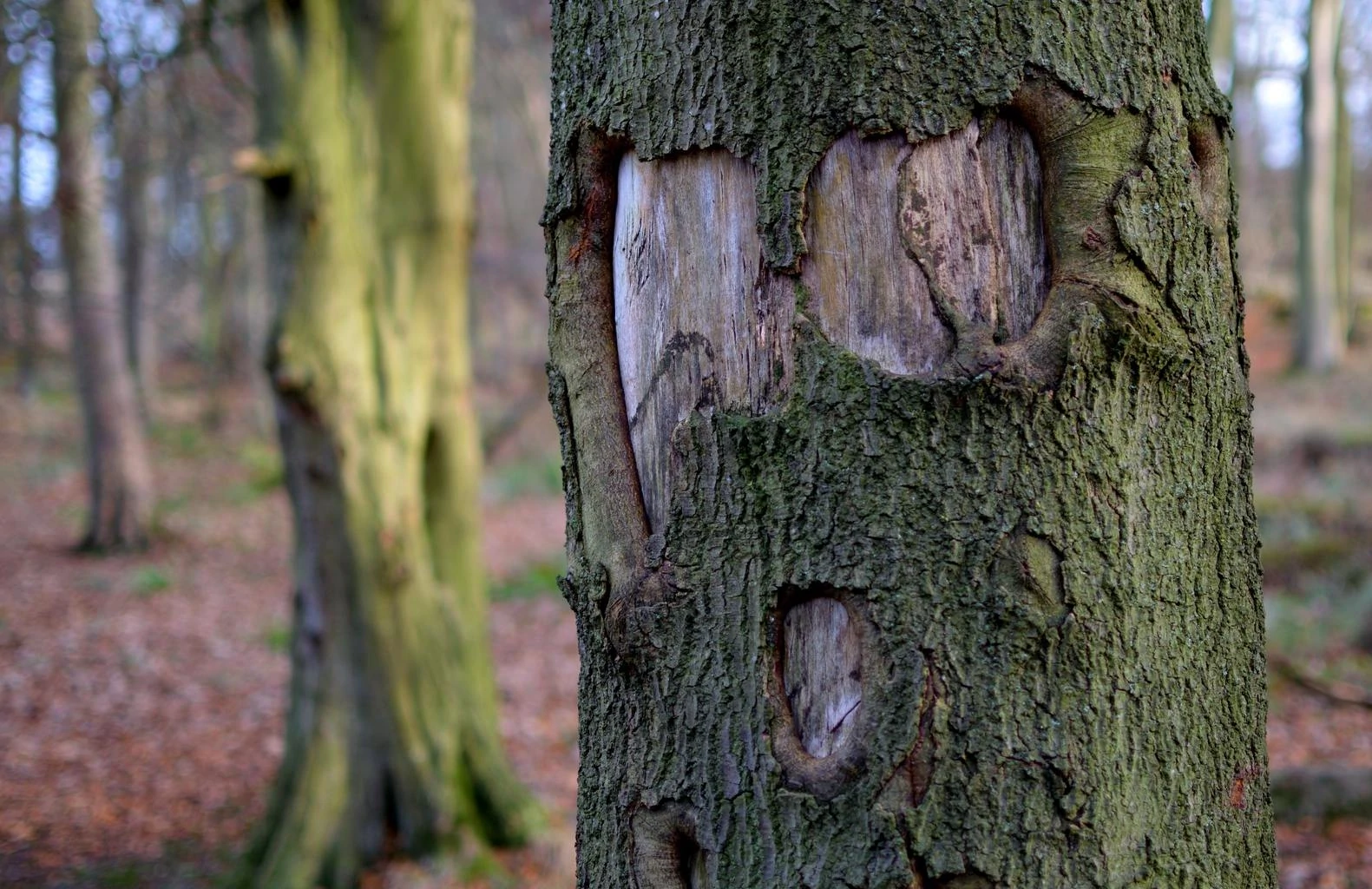
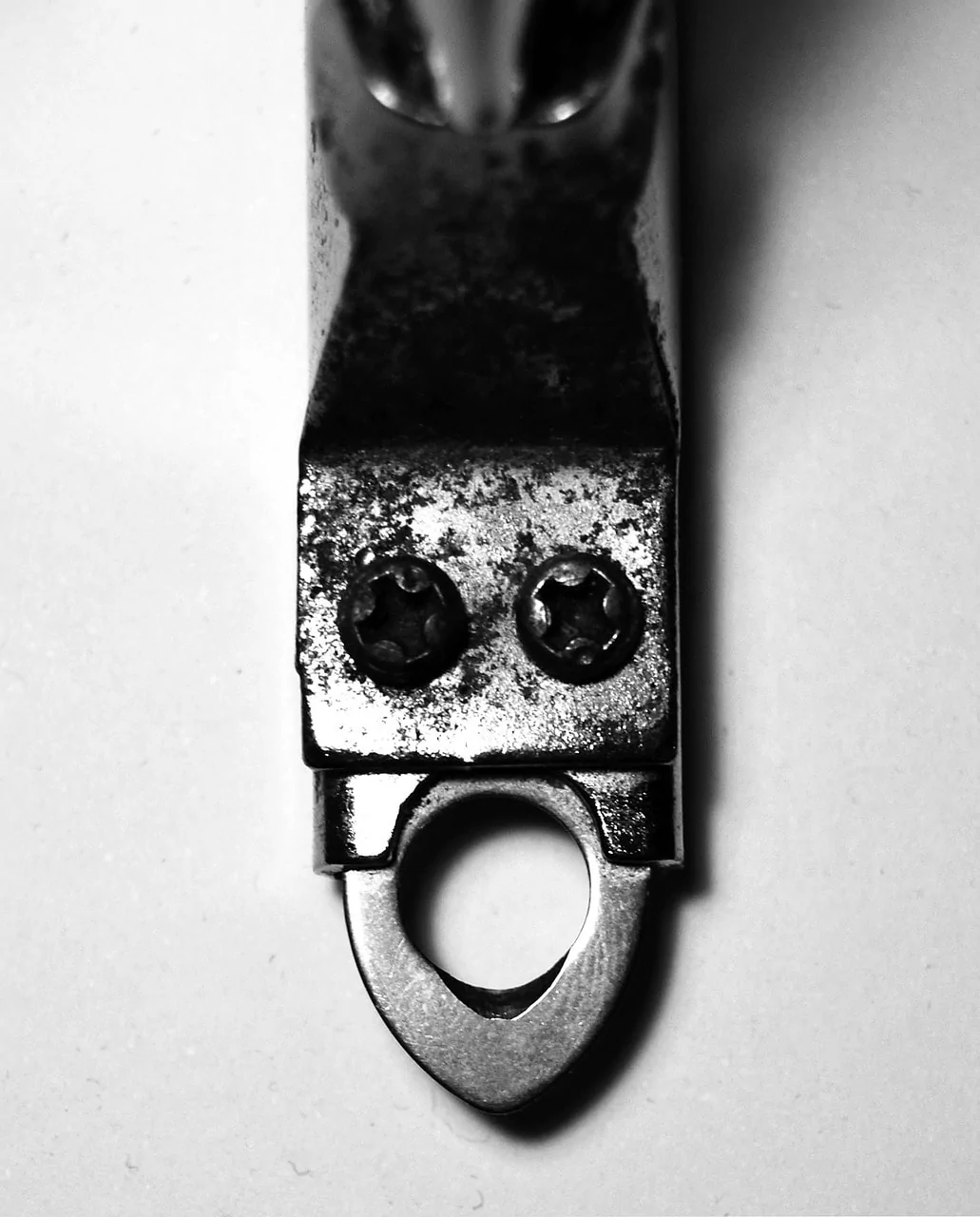

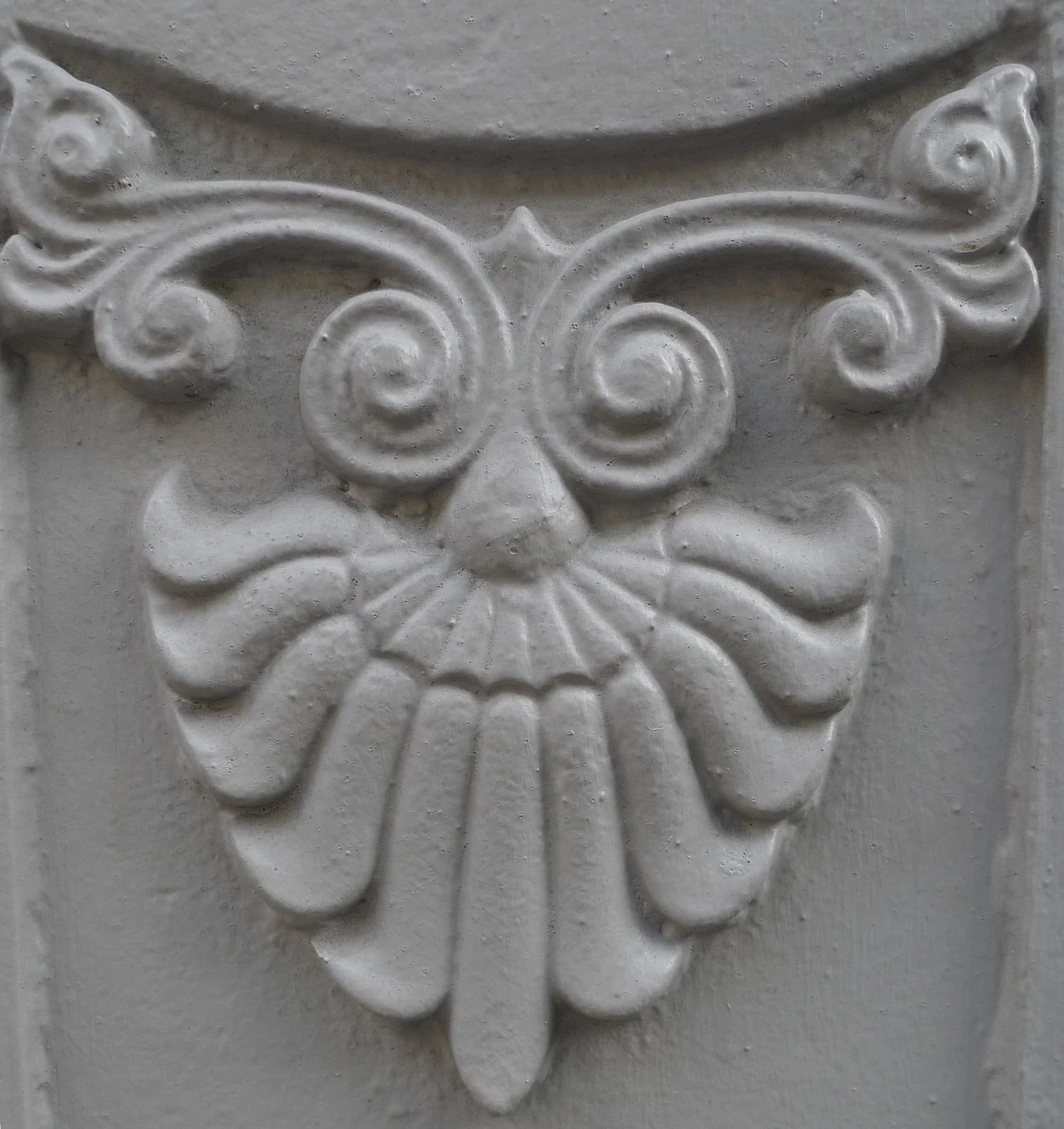
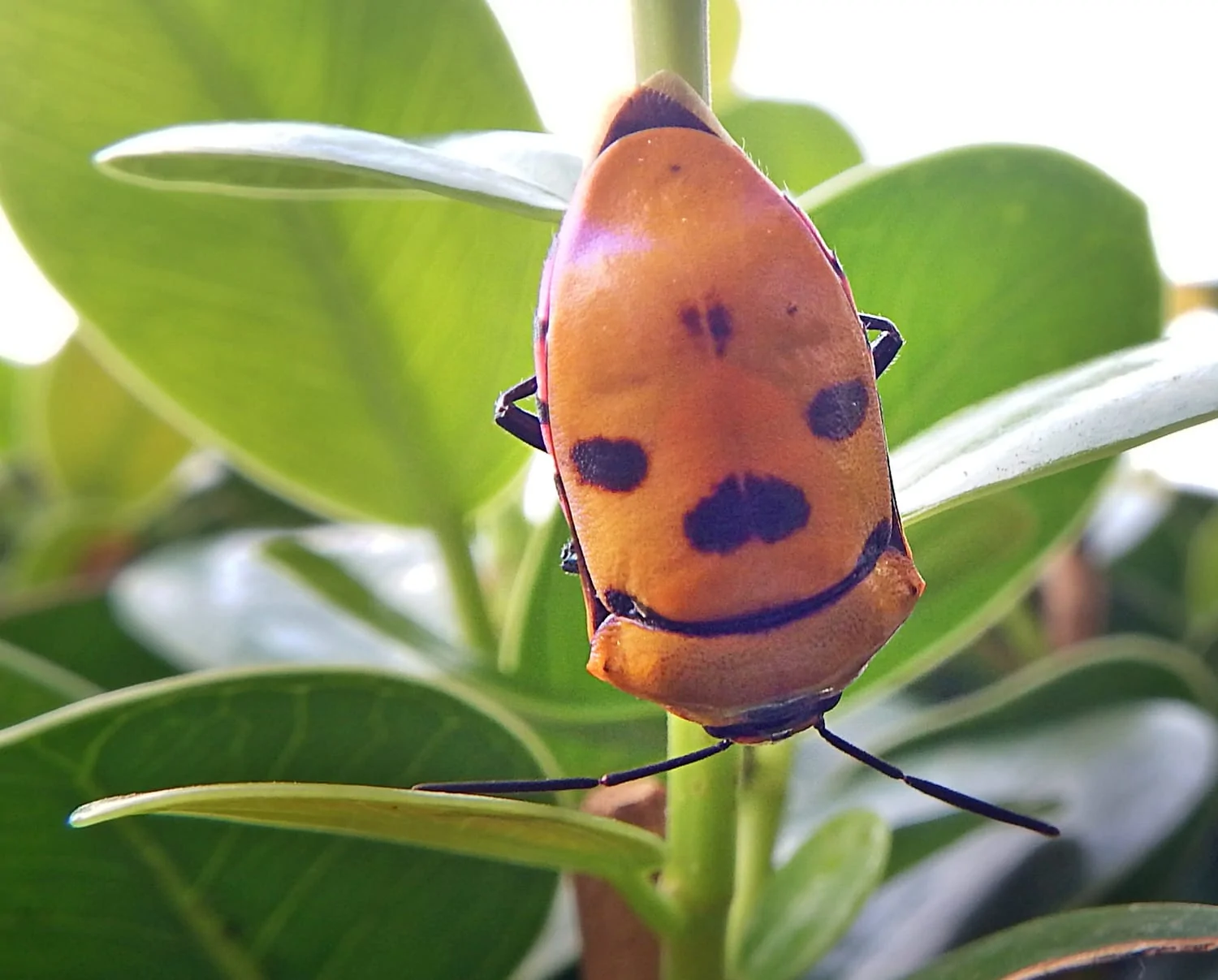

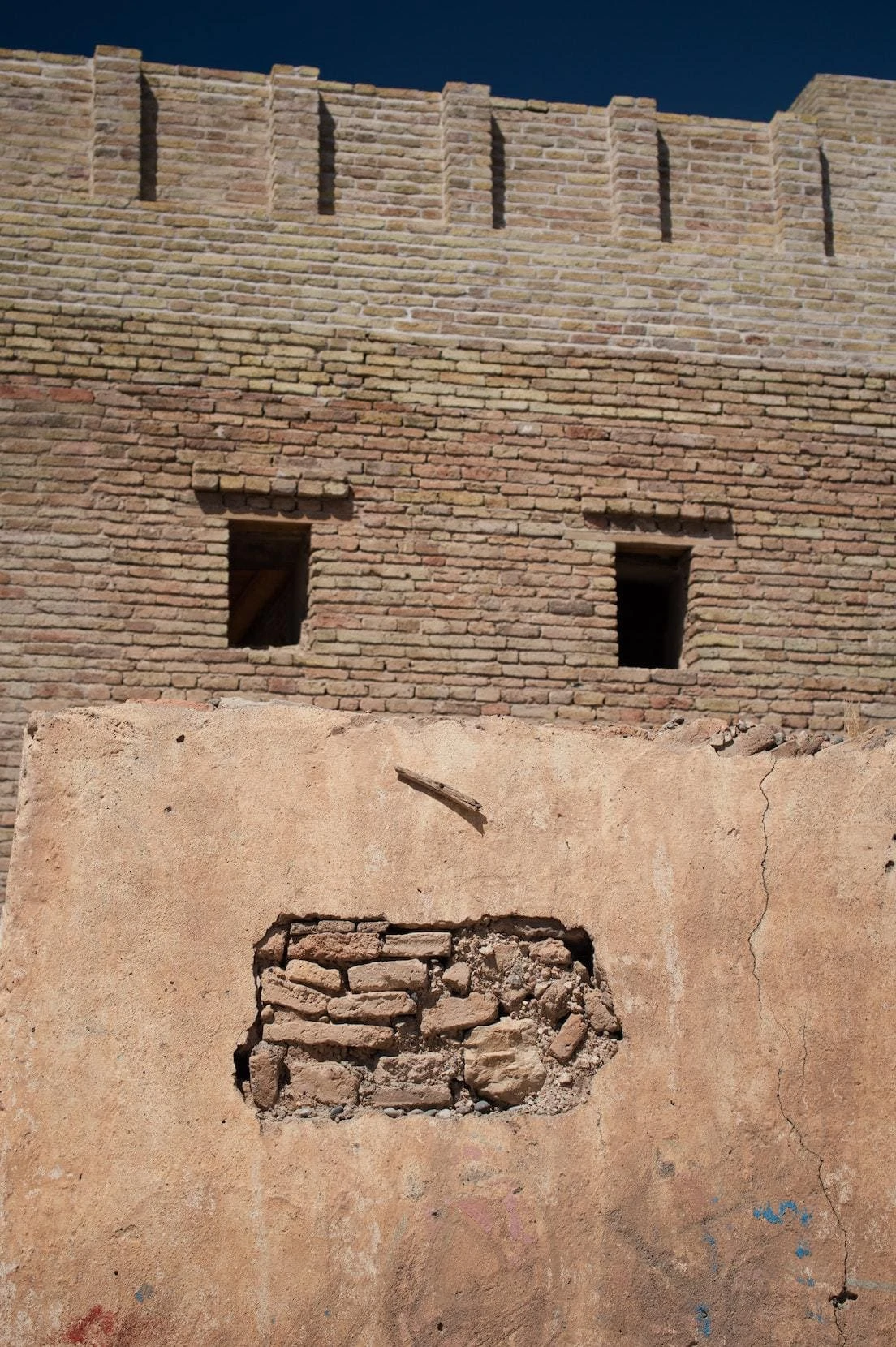
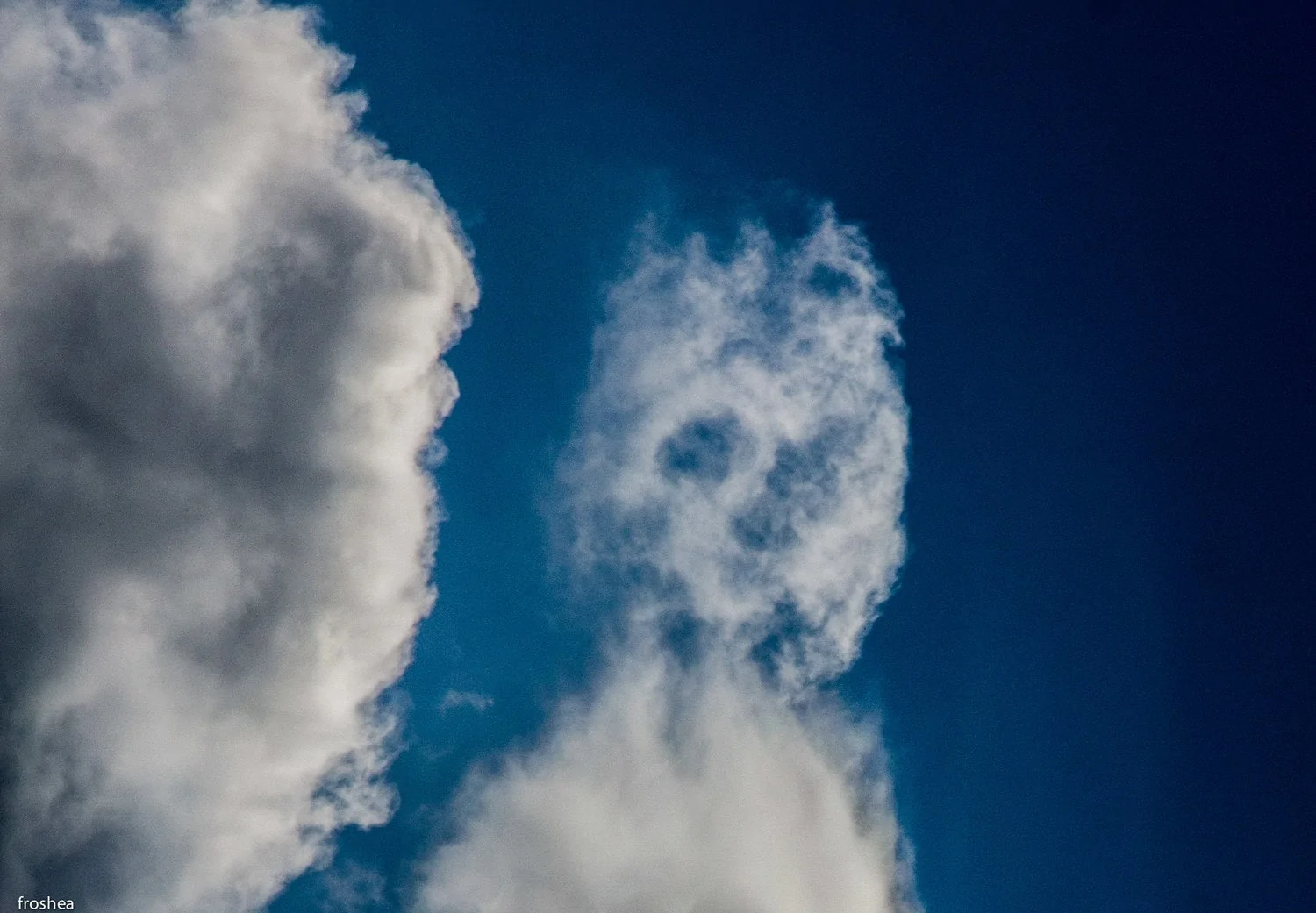
Right now I'll show you some famous pareidolias, but if you want to see more curious and funny everyday cases, check out this articleand this other.
You can also take a walk on Pinterestsearching for the word “pareidolia”.
SOME FAMOUS CASES OF PAREIDOLIA
Probably one of the famous pareidolias that will ring a bell, at least in Spain, is the one with the faces of Bélmez. In 1971, in a town in Jaén, some faces appeared on the floor of María Gómez Cámara's kitchen. These were visited by thousands of people and gave parapsychologists a lot to talk about.
The face of Mars is a face on the red planet that has captured the attention of the media and the world of astronomy. The most recent images from the Mars Express probe make it clear that it is just a mound that with shadows resembles a face, dispelling any doubt and confirming that it is just one more pareidolia.
And what about the famous elephant rock in Iceland? Did you know her? Impressive, right?
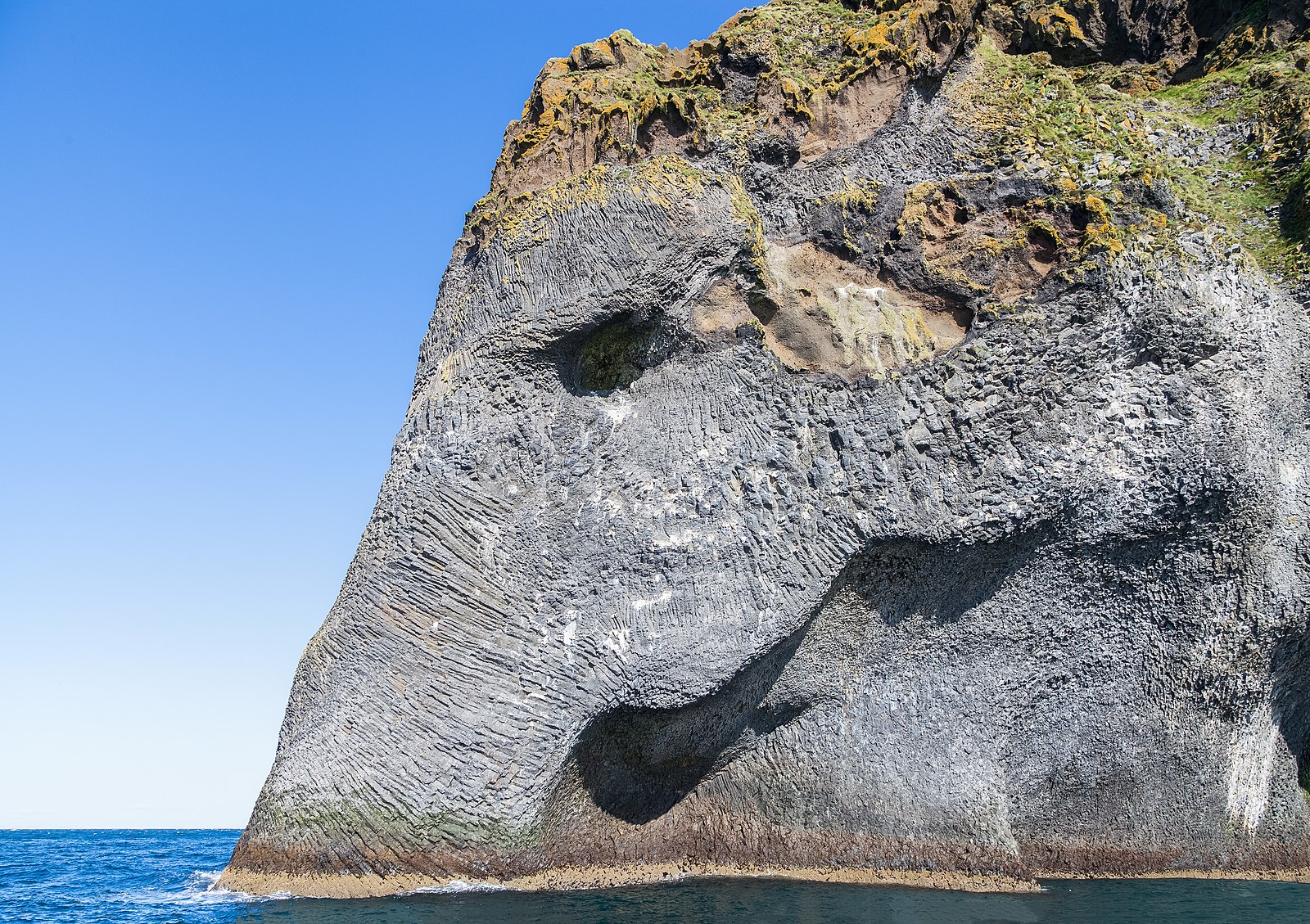
Another of the famous pareidolias is that of devilish money . It happened in 1954 in Canada, although it was later discovered that it was not accidental. On the Canadian $5 bills featuring Queen Elizabeth, a demon could be seen in her hair. Behind this story is a mint worker, an Irishman who belonged to the IRA and who intentionally dyed his hair to look like an evil figure with the devil whispering in his ear. A rather subliminal message that got them to withdraw the entire series from circulation and reissue said (for some happy ) banknotes.
Finally, let's talk about orchids. Maybe the baby orchid or the monkey orchid sounds familiar to you. They are familiar flowers, one because it looks like a baby in a basket, and another because it looks uncannily like a monkey's face. You can see the monkey in this photo:
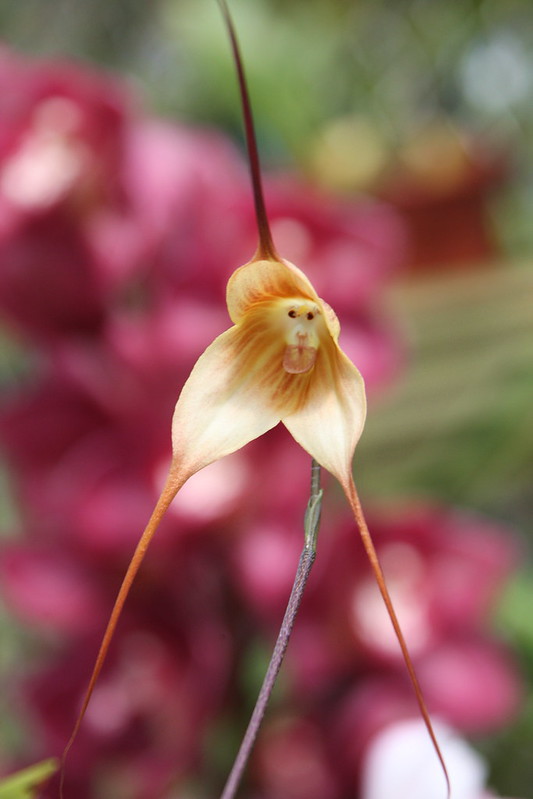
HOW TO TAKE PAREIDOLIA PHOTOS
All these explanations and examples have been to get to the crux of the matter, to what interests us: the photographic subject.
As you have seen, the pareidolias are very striking photographically, so I propose a little exercise, turn on your camera and go look for them, inside and/or outside the house. Some tips for taking photos of pareidolias:
- Pay close attention to your surroundings, observation is the key to detecting them.
- It must be interpreted well with the naked eye, if you have to explain it, it is not a good option.
- You can use the camera or the smartphone, although if you are going to photograph with the mobile, these tips will be of great help.
- Do not limit yourself to the faces, they are the easiest and most recognizable, but there is life beyond the pareidolias of faces.

- Homogeneous lighting is better, unless the pareidolia is formed precisely by the play of light and shadow.
- All parts must be well focused, medium apertures or photographing the pareidolia in parallel are two possible solutions.
- Don't be afraid to move or change the shooting angle, a small change in position may give you a magnificent pareidolia.
- We are going to focus on pareidolia, but that doesn't mean you don't try to find an attractive composition, that this is a photography blog ? .
- You can also tell a story, it is not about documentary photography in which you cannot intervene, do not hesitate and contribute a creative point. Let out the artist in you.
- Where to find pareidolias? As I was saying, the important thing is to pay close attention to the environment because they can be anywhere. That said, it is common to see them in: smoke, clouds, shadows, foam, facades, plugs, faucets, rear and front parts of cars, rocks and mountains, wood knots, tree trunks, tea or coffee grounds. , water splashes, etc. And if your thing is to photograph with a drone, surely you will find a lot of pareidolias from the air.

